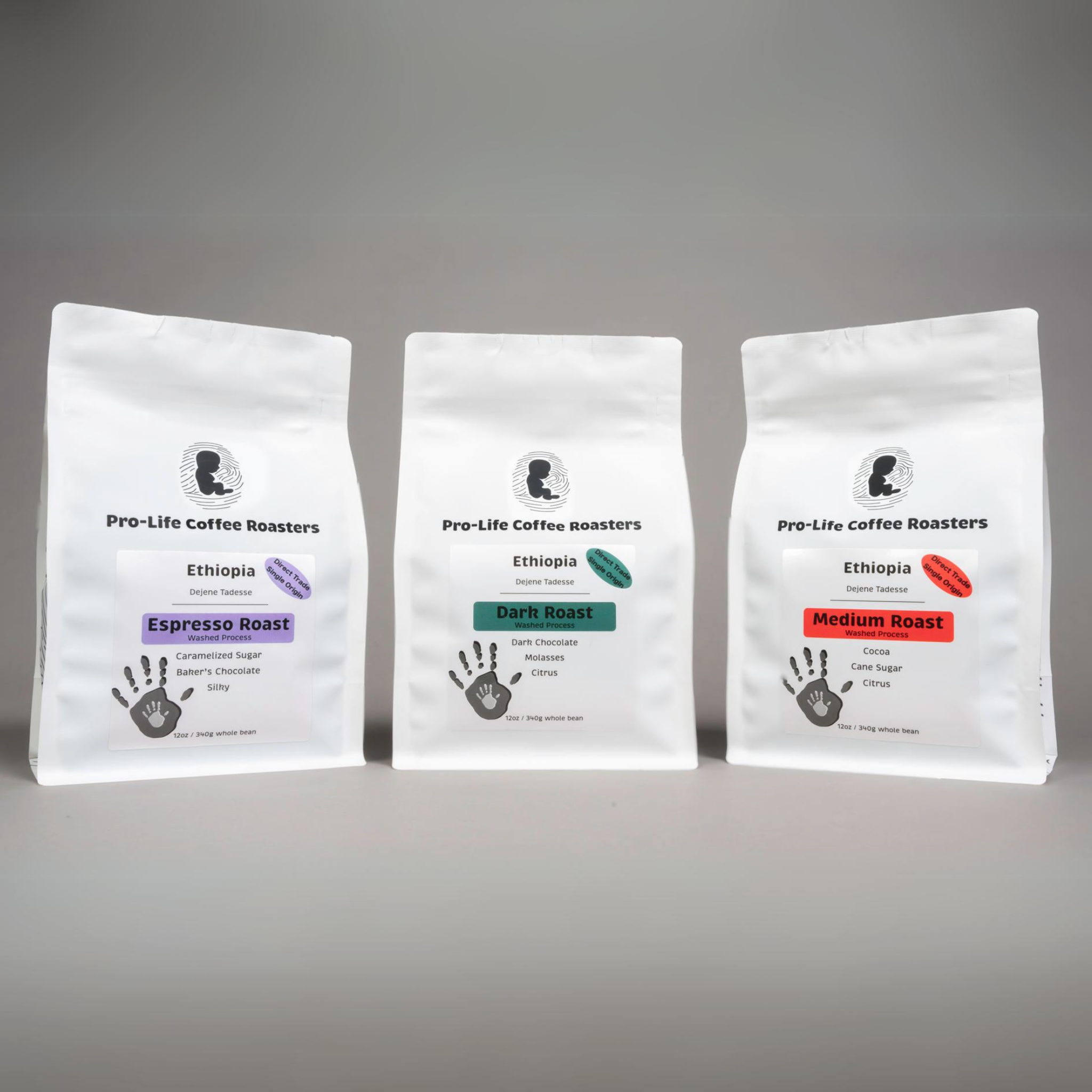Why SOE Single Origin Espresso Is Loved Among Baristas
Why SOE Single Origin Espresso Is Loved Among Baristas
Blog Article
Coffee Beans 101: Whatever You Required to Find Out About Coffee and Blended Coffee Beans
When it pertains to coffee, comprehending the subtleties of coffee and blended beans can change your daily mug. You'll discover the distinctive attributes of Arabica and Robusta beans, and just how each effects taste and caffeine content. From the expanding process to toasting techniques, every step contributes in your coffee experience. What makes the perfect brew? Allow's explore the essential aspects that contribute to an exceptional cup of coffee.
Recognizing Coffee Beans: Types and Varieties
When diving into the world of coffee, recognizing the types and selections of coffee beans is vital for every enthusiast. Arabica beans are recognized for their smooth, intricate flavors and lower caffeine content, making them a preferred among coffee aficionados.
Ethiopian Yirgacheffe provides intense flower notes, while Colombian beans supply a well-balanced flavor profile. By familiarizing on your own with these beans and their tastes, you'll elevate your coffee experience and make even more educated choices in your developing trip.
The Growing Refine: From Seed to Bean
When you check out the trip of coffee, everything starts with seed choice techniques that establish the foundation for quality. From there, cultivation and harvesting play vital functions in guaranteeing the beans flourish. Ultimately, processing methods change those gathered cherries right into the coffee beans you love.
Seed Selection Techniques
Choosing the best seeds is essential for creating high-quality coffee beans, as it lays the foundation for the entire expanding process. You should begin by choosing seeds from respectable sources that focus on top quality and hereditary variety. Look for ranges understood to grow in your specific climate and soil conditions. Focus on the seed's age and storage space problems, as fresh seeds have a tendency to sprout far better. When feasible, choose for organic seeds to minimize direct exposure to dangerous chemicals. Think about the disease resistance of various varieties, as this can considerably influence your return. Finally, don't hesitate to seek advice from regional farmers or specialists to gain insights into the ideal seed options for your area. This expertise will enhance your coffee-growing experience.
Cultivation and Harvesting
As you nurture your coffee seeds into flourishing plants, understanding the cultivation and harvesting procedure is crucial for achieving the ideal flavor and quality. Start by growing your seeds in well-draining soil, ideally in a shaded location to safeguard them from direct sunshine.
When it comes time to harvest, seek ripe cherries, which commonly turn a vibrant red. Hand-picking is usually the most effective method to guarantee only the ripest cherries are selected. Timing is crucial; harvesting too very early or too late can influence the flavor account of your beans. Embrace perseverance and care, as this is where high quality starts.

Processing Techniques Explained
When you have actually harvested your coffee cherries, the next necessary action is refining them to change those lively fruits right into the beans you'll brew. In the dry procedure, you spread out the cherries out in the sunlight to dry, enabling the fruit to ferment and impart distinct tastes to the beans. Recognizing these techniques is essential to appreciating your coffee experience.
Toasting Methods: How Taste Is Created
When it involves toasting coffee beans, recognizing roast degrees is key to exposing their one-of-a-kind flavors. Each toasting method effects the aroma and enhances the taste advancement process, giving you a richer coffee experience. Allow's check out just how these variables integrated to elevate your daily mixture.
Roast Degrees Explained
Roast levels play a crucial duty in forming the flavor profile of your coffee. You'll delight in brilliant level of acidity and fruity notes when you choose a light roast. As you relocate to a medium roast, you'll observe an equilibrium of sweetness and complexity, commonly highlighting delicious chocolate or sugar flavors. Dark roasts, on the various other hand, supply vibrant, smoky characteristics with less acidity, making them rich and robust. Each level arises from different roasting times and temperature levels, affecting the beans' chemical make-up. By comprehending these degrees, you can better choose a coffee that matches your preference preferences. Trying out different roasts to find which one resonates with you, improving your general coffee experience and pleasure.
Effect on Fragrance
The roast level not only affects the preference of your coffee but also substantially affects its fragrance. When you choose a light roast, you'll frequently see bright, floral notes that can make your coffee smell vibrant and fresh. As the beans darken, the aroma shifts; a medium roast draws out a lot more balanced, caramelized fragrances, while a dark roast often tends to feature vibrant, great smoky undertones. Each toasting technique releases various unstable substances, shaping how your coffee smells. Furthermore, the freshness of the beans plays Look At This a vital function; newly baked coffee launches much more fragrant oils, enhancing that attracting fragrance. So, focus on the roast degree-- it's crucial to exposing the full aromatic experience of your mixture.
Flavor Growth Process
As you explore the taste advancement procedure, you'll find that roasting strategies play a critical function in shaping the preference account of your coffee. The roasting temperature level and time directly influence the level of acidity, sweetness, and anger of the beans. Light roasts preserve even more of the bean's initial flavors, highlighting fruity and flower notes. Medium roasts balance acidity and body, offering a well-rounded taste. Dark roasts, on the other hand, bring out bold, great smoky qualities while diminishing the bean's intrinsic qualities. During toasting, chemical reactions, like the Maillard response and caramelization, change the beans and improve their intricacy. Try out different roasting degrees can help you locate your best brew, so don't wait to taste and uncover the rich spectrum of tastes!
Espresso vs. Blended Coffee: Key Distinctions
Coffee and blended coffee each offer distinct experiences that accommodate various preferences and choices. Coffee is a concentrated coffee brewed by forcing hot water with finely-ground coffee beans, causing an abundant, vibrant flavor and a creamy layer of crema on the top. It's frequently taken pleasure in as a shot or used as a base for beverages like cappucinos and cappuccinos.
On the various other hand, blended coffee combines various beans from different areas, creating a much more balanced flavor profile. You'll frequently discover blends that highlight acidity, sweetness, or body, making them flexible for various brewing techniques. While espresso concentrates on strength, mixed coffee might supply a wider variety of tastes that can transform with each sip.
Eventually, your choice between coffee and blended coffee come down to your individual choice. Whether you crave a leisurely mug or a fast jolt, both alternatives have something tasty to offer.

Developing Techniques: Unlocking the Perfect Cup
When it concerns developing coffee, discovering the right approach can transform your experience and boost your cup. Each brewing strategy has its distinct beauty and can greatly impact your coffee's taste and aroma. As an example, using a French press enables you to appreciate a robust and rich brew, while a pour-over technique offers a tidy, intense mug with distinct flavors.
If you choose coffee, purchasing a top quality machine can help you grasp the art of pulling shots. For convenience, a single-serve skin system provides speed without compromising preference.
Do not fail to remember regarding cold brew, which delivers a smooth, much less acidic coffee perfect for warm days. Experiment with various approaches to find what reverberates with your palate.
Tasting Notes: Identifying Flavor Profiles
Exactly how can you truly appreciate your coffee if you don't recognize what tastes to search for? Tasting notes are your overview to recognizing the complicated world of coffee. Pay attention to the first tastes that hit your taste buds when you drink. You may spot fruity notes, like berry or citrus, or perhaps a nutty touch. As you remain to taste, notice exactly how the flavors progress-- this is understood as the "surface." Some coffees may leave a chocolatey or sugar aftertaste, while others may have a bright, clean coating.
Think about the body of the coffee, too; is it airy and light or thick and syrupy? Do not neglect acidity; a brilliant acidity can include sprightliness, while a low acidity may give a smoother experience. By determining these flavor accounts, you'll grow your connection with each cup, making coffee sampling a fascinating journey of discovery.

Tips for Picking and Storing Coffee Beans
Choosing and storing coffee beans effectively can considerably improve your developing experience. Begin by choosing high-quality beans that fit your taste. Look for quality; beans baked within the last 2 weeks are excellent. Examine the roast date on the product packaging, and purchase from trusted official website roasters or regional shops.
When you have your beans, keep them in an impermeable container to stop exposure to air, light, and moisture. A dark, awesome place functions best, so avoid keeping them in the fridge or fridge freezer, as this can present wetness. Just grind the quantity you require to maintain quality; entire beans keep taste longer than pre-ground coffee.
Last but not least, attempt to utilize your beans within two to four weeks after opening up for peak preference. Following these suggestions will certainly assure your coffee stays pleasurable and savory, elevating your daily mixture to new heights.
Often Asked Questions
How Lengthy Do Coffee Beans Stay Fresh After Toasting?
Coffee beans stay fresh for about 2 weeks after roasting - SOE. You ought to keep them in a closed container, far from light and moisture. Afterwards, their taste and aroma start to reduce significantly

Can I Mix Different Coffee Bean Varieties?
Definitely, you can blend various coffee bean varieties! Explore blends can boost flavors and create a special taste account. Just see look at this now to it to stabilize the strengths and qualities of each range for the very best results.
What Is the Perfect Grind Dimension for Espresso?
For coffee, you'll desire a great grind size, concerning the structure of common salt. This enables optimal removal, resulting in an abundant, savory shot. Experiment a bit to find what fits your preference best!
Exactly How Does Elevation Affect Coffee Bean Taste?
Altitude influences coffee bean taste by influencing the development price and chemical composition. Higher altitudes bring about slower growth, which improves acidity and intricacy, giving your coffee a lively and one-of-a-kind taste you will not forget.
Are There Decaffeinated Variations of Coffee Beans?
Yes, there are decaffeinated versions of espresso beans. You can appreciate a rich coffee taste without the high levels of caffeine kick. Just try to find "decaf" blends at your regional coffee shop or specialized shop.
Coffee Beans 101: Everything You Need to Know Concerning Coffee and Blended Coffee Beans.
When diving right into the world of coffee, understanding the types and ranges of coffee beans is essential for every enthusiast.When it comes to roasting coffee beans, comprehending roast degrees is crucial to revealing their one-of-a-kind flavors. Espresso is a concentrated coffee brewed by forcing hot water with finely-ground coffee beans, resulting in a rich, strong taste and a velvety layer of crema on top.On the various other hand, combined coffee incorporates various beans from different regions, creating a more balanced taste account.
Report this page